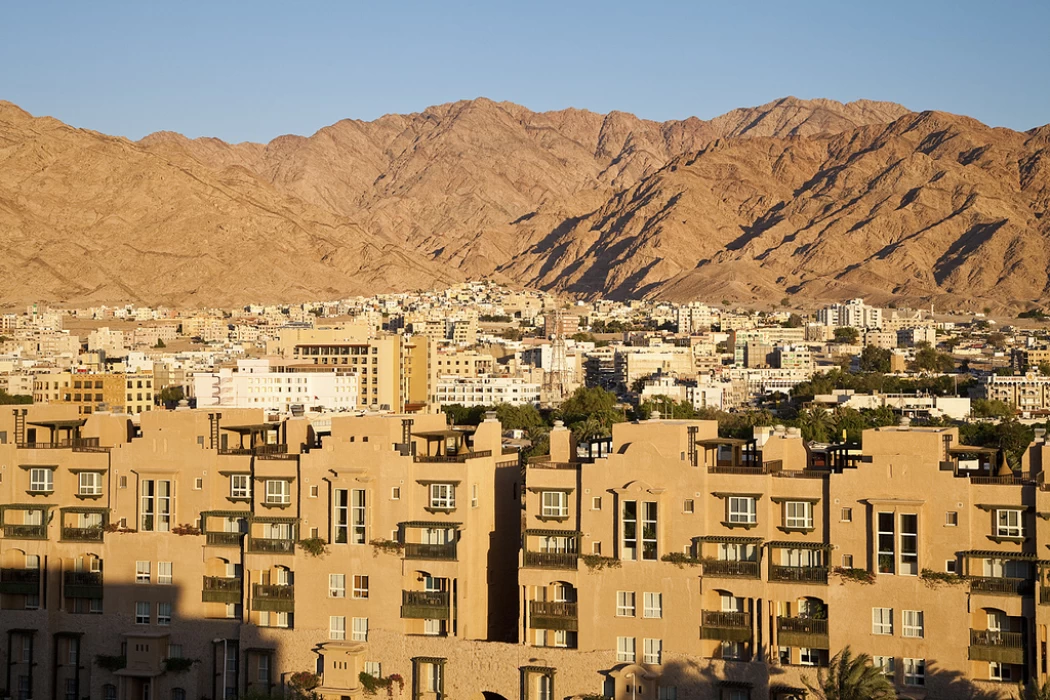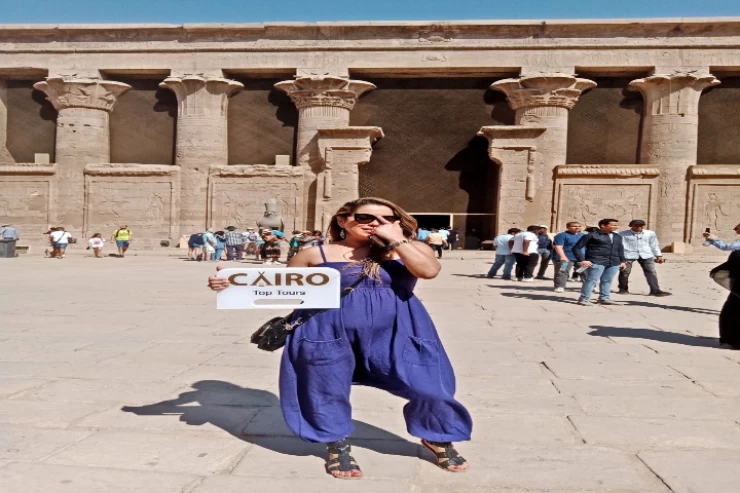
Aqaba Jordan | Jordan Attractions
Aqaba Jordan
The Gulf of Aqaba is famous for its marine fauna. It is the north-eastern arm of the Red Sea, 180 km long and 25 km wide, with a coast shared between Egypt, Saudi Arabia, Israel, and Jordan. The Gulf of Aqaba has the world's northernmost coral reef ecosystem. The average water temperature of 23 degrees Celsius, the absence of storms, and mild sea currents have created an ideal environment for coral growth.
Salinity levels are also favorable for the development of numerous other forms of marine life; in fact, there are 110 species of soft corals and 120 species of hard corals. The cliffs that line the Gulf are home to over 1,000 species of fish, corals, shellfish, and mammals that live in its waters. Nocturnal animals such as crab, shrimp, and lobster go out in search of food in the dark hours of the night. Seasonal species that visit the Gulf of Aqaba include sea turtles, dolphins, manatees, and harmless whale sharks.
Aqaba City
Its position was always strategic - at the center of the sea and land routes linking Arabia, the Far East, Africa, and Europe, and because of its underground freshwater reserves. It is still a busy port and the fastest developing Jordanian city.
The Nabateans founded the city of Aila at today's Aqaba and transformed it into an important commercial base on the route that connected the Mediterranean coasts to southern Arabia, India, and China. After the Roman annexation in 106 AD, the role of Ada was strengthened as the southern terminus of the new road that started from Bostra.
In the years preceding the Islamic conquest, the Ghassanids, an Arab Christian tribe, ruled Aqaba, and in 630 their bishop - Yuhanna ibn Ruba - negotiated a peace treaty with the Prophet Muhammad (PBUH) immediately after the battle of Tabuk. This ensured good relations with the new Islamic rulers - Caliph Omar (one of the prophet's companions) was even a guest of the bishop during a visit in 639 A.D.
Some Christian carvings have been found - but only a few churches, probably because most of their stones were used to build the Islamic city surrounded by walls with its large mosques on a new site near the shore. Some Islamic writers spoke of the prosperity of Aila, both as a port and as a commercial center, and also as a stop on the pilgrimage route to Hajj.
Aqaba Port
A well-traveled bridge between sea and desert, east and west, the Hashemite Kingdom of Jordan is a land of mesmerizing beauty and contrasts, from the Jordan Valley, fertile, and ever-changing, to the remote desert canyons, immense and still. Visitors can explore splendid desert castles, gaze in awe at the haunting wilderness of Wadi Rum, or bathe in the restful waters of the Red Sea.
Latest Articles
Admin
Seabourn Sojourn Cruise Stops in Safaga Port
The Seabourn Sojourn, the flagship vessel of Seabourn Cruise Line's ultra-luxury fleet, was built in 2008 at the T. Mariotti shipyard in Genoa, Italy. Measuring 198 metres, it can accommodate up to 450 guests in its 225 spacious all-suite staterooms.
Admin
Norwegian Sky Cruise Stops in Safaga Port
Norwegian Cruise Line operates a cruise ship called the Norwegian Sky. It was constructed in 1999 and can accommodate 2,004 passengers in addition to 878 crew members. The ship has several dining establishments, lounges and bars, a spa and fitness center, swimming pools, and a number of entertainment areas.
Admin
Explora II Cruise Stops in Safaga Port
Explora II, the second vessel in the Explora Journeys fleet, sets sail in 2024 to redefine luxury cruising. With 461 ocean-front suites, 9 culinary experiences, and 4 pools, this haven of sophistication and sustainability promises an unforgettable "Ocean State of Mind" journey to inspiring destinations.
Admin
Mein Schiff 6 Cruise Stops in Safaga Port
The Mein Schiff 6 is the latest cruise ship in the renowned TUI Cruises fleet, offering passengers a luxurious and sophisticated cruise experience. At 315 metres long, this floating resort features a range of dining options, entertainment, and recreational facilities, including a spa, fitness centre, and sports amenities.
Admin
Mein Schiff 4 Cruise Stops in Safaga Port
When the Mein Schiff 4 cruise ship docks in Safaga, Egypt, passengers are granted access to a realm of ancient wonders. Aboard this state-of-the-art vessel, guests can embark on meticulously curated shore excursions that showcase the region's most iconic landmarks, including the Giza Pyramids, the enigmatic Sphinx, and the remarkable tombs and temples of the Valley of the Kings in Luxor.
Admin
MS Europa Cruise Stops in Safaga Port
The Silver Moon, Silversea's latest flagship, is a luxury cruise ship that offers an exceptional travel experience for Venezuelans exploring Egypt. With a capacity of 596 guests and an impressive 40,700 gross tonnes, the Silver Moon maintains the small-ship intimacy and spacious all-suite accommodations that are the hallmarks of the Silversea brand.














